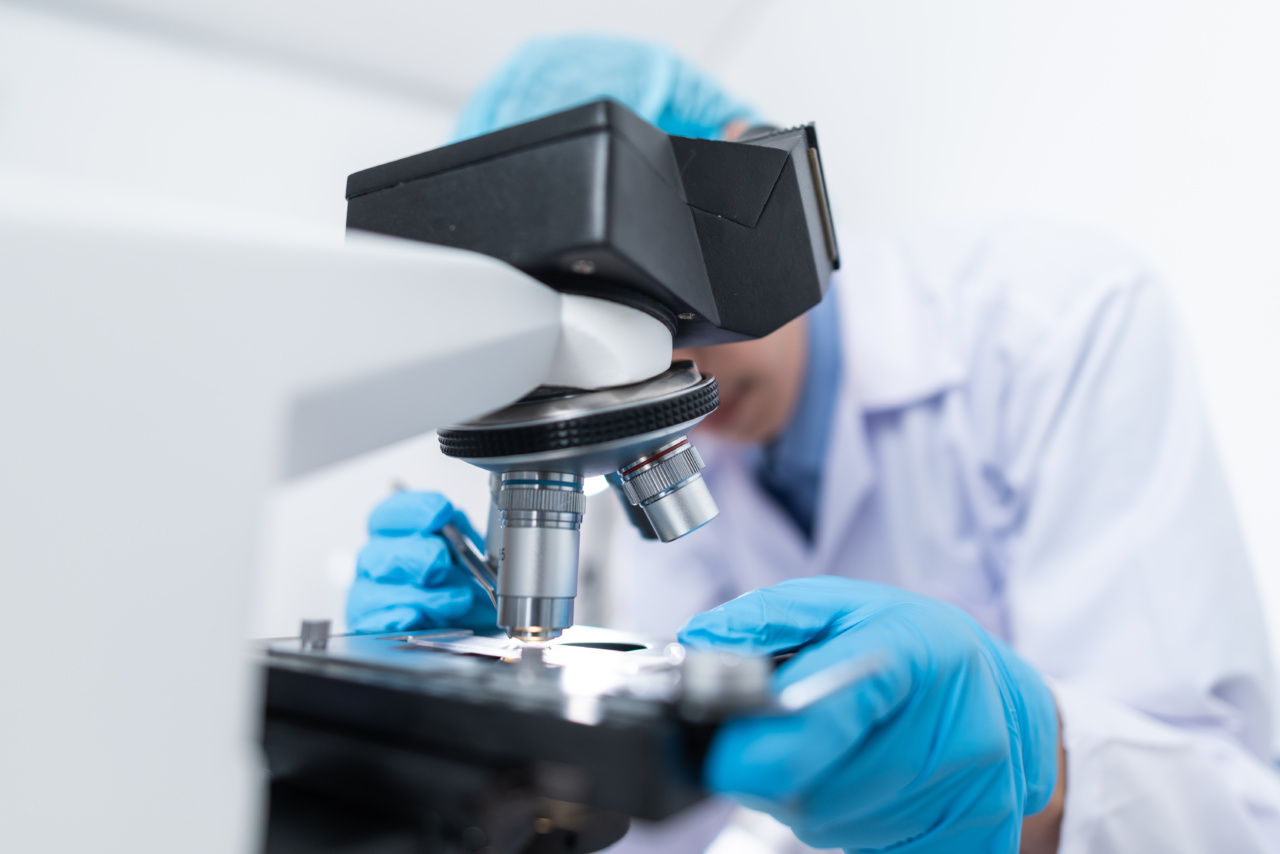The Paleo diet, also known as the Paleolithic diet or the caveman diet, is a popular dietary approach that aims to mimic the eating habits of our ancestors who lived during the Paleolithic era.
Proponents of the Paleo diet claim that it promotes weight loss, improves overall health, and reduces the risk of various chronic diseases. However, like any other diet, it has its own set of advantages and disadvantages. In this article, we will provide a detailed analysis of the pros and cons of following the Paleo diet.
The Pros of the Paleo Diet
1. Weight Loss: One of the primary reasons why many people turn to the Paleo diet is its potential for weight loss.
By eliminating processed foods, refined sugars, and grains, the diet naturally reduces calorie intake, leading to weight loss in many individuals. Additionally, the high protein content of the diet promotes satiety, helping you feel full and satisfied for longer periods.
2. Increased Nutrient Intake: The Paleo diet focuses on fresh fruits, vegetables, lean meats, seafood, nuts, and seeds. These whole foods are rich in essential vitamins, minerals, and antioxidants, which contribute to overall better health.
By cutting out processed foods, the diet encourages a more nutrient-dense and balanced eating pattern.
3. Reduced Inflammation: Inflammation is linked to numerous chronic diseases, including heart disease, diabetes, and autoimmune conditions.
The Paleo diet emphasizes anti-inflammatory foods such as fruits, vegetables, and omega-3 fatty acids from fish and nuts. By reducing inflammation, the diet may help prevent or manage these conditions.
4. Improved Blood Sugar Control: The Paleo diet eliminates refined sugars and processed carbohydrates, which are known to cause blood sugar spikes and crashes. Instead, it emphasizes low-glycemic foods that have a minimal impact on blood sugar levels.
This can be particularly beneficial for individuals with diabetes or those at risk of developing it.
5. Elimination of Processed Foods: One of the significant advantages of the Paleo diet is its focus on whole, unprocessed foods.
This means cutting out artificial additives, preservatives, and other potentially harmful substances commonly found in processed foods. By avoiding these additives, you are reducing your exposure to potentially harmful chemicals.
6. Increased Protein Intake: The Paleo diet promotes the consumption of protein-rich foods, such as lean meats, seafood, and eggs. Protein is essential for muscle growth and repair, supporting optimal overall health.
A higher protein intake can also help with weight loss, as it boosts metabolism and reduces appetite.
7. Improved Digestive Health: The Paleo diet encourages the consumption of fiber-rich foods, such as fruits, vegetables, and nuts. These foods are known to promote a healthy digestive system, preventing constipation and promoting regular bowel movements.
8. Allergy and Sensitivity Awareness: By eliminating grains and dairy, which are common allergens and sources of food sensitivities, the Paleo diet can help individuals identify potential food triggers.
This can be particularly beneficial for those with unexplained symptoms or digestive issues.
9. Sustainable and Environmentally Friendly: The Paleo diet emphasizes sourcing food from local and sustainable suppliers.
It promotes the consumption of pasture-raised meats, wild-caught fish, and organic produce, which can have a positive impact on the environment and animal welfare.
10. Simple and Easy to Follow: Unlike some other dietary approaches, the Paleo diet does not require counting calories or macronutrients.
Its focus on whole foods and general guidelines makes it relatively simple to follow and can be less overwhelming for individuals who are new to dieting.
The Cons of the Paleo Diet
1. Nutritional Imbalances: While the Paleo diet promotes the consumption of nutritious foods, it eliminates entire food groups such as grains, legumes, and dairy. These food groups can provide essential nutrients like carbohydrates, fiber, and calcium.
Therefore, strict adherence to the Paleo diet may result in nutritional imbalances if not carefully planned.
2. Difficulty in Meeting Recommended Fiber Intake: The Paleo diet eliminates grains, which are a primary source of dietary fiber.
Although fruits, vegetables, and nuts do provide fiber, it can be challenging to meet the recommended daily intake without the inclusion of grains or legumes.
3. Potential for Micronutrient Deficiencies: With the exclusion of grains and legumes, certain micronutrients such as B vitamins, iron, and magnesium may be lacking in the Paleo diet.
Without proper planning, individuals may need to rely on supplementation or carefully select Paleo-friendly foods that contain these nutrients.
4. High Animal Protein Intake: While protein is an essential macronutrient, consuming excessive amounts of animal protein can have potential health consequences.
High intake of red and processed meats has been linked to an increased risk of heart disease, certain cancers, and other health issues.
5. Cost: The emphasis on high-quality, organic, and pasture-raised foods can make the Paleo diet more expensive compared to diets that include processed and cheaper food options.
For individuals on a tight budget, following the Paleo diet may be financially challenging.
6. Limited Food Choices: Following the Paleo diet means giving up many foods that are commonly consumed in modern diets.
This can be particularly challenging for individuals who are used to a more varied diet or those with specific cultural or taste preferences.
7. Difficulty Dining out and Socializing: The restrictive nature of the Paleo diet can make it challenging to dine out at restaurants or attend social gatherings. Many dishes contain non-Paleo ingredients, and finding suitable options can be difficult.
This may lead to feelings of exclusion or difficulty in maintaining the diet in social settings.
8. Lack of Long-term Research: While some studies have shown positive effects of the Paleo diet in the short term, there is a lack of long-term research on its safety and effectiveness.
It is always important to consider the potential risks and benefits of any diet before making significant changes to your eating habits.
9. Potential for Inadequate Carbohydrate Intake: Carbohydrates are the body’s primary source of energy, and the Paleo diet reduces their intake significantly.
While the diet encourages obtaining carbohydrates from fruits and vegetables, individuals engaging in intense physical activity may find it challenging to meet their energy demands without the inclusion of grains or legumes.
10. Unsustainability for Some Individuals: While the Paleo diet may work well for some individuals, it may not be suitable or sustainable for everyone.
Factors such as personal food preferences, cultural background, and individual health conditions can play a role in determining the feasibility and success of the diet.

























